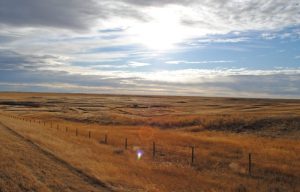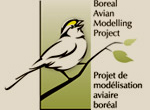Overview
Alberta’s climate is becoming warmer, drier and more variable. Our goal was to develop essential knowledge and tools to support the management of Alberta’s biodiversity, our species and ecosystems, in a changing climate. Identifying the potential impacts of climate change on Alberta’s species, ecosystems and human communities and incorporating that knowledge into today’s decisions about land use, natural resource and species management can help avoid the need for ineffective, and potentially costly, actions in the future.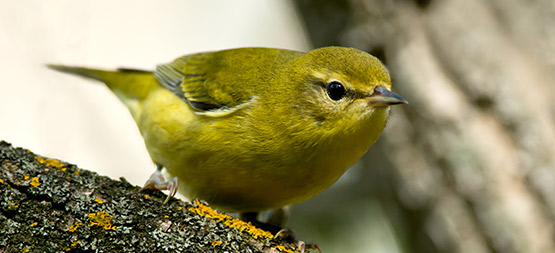
Climate Change Impacts
We identified the potential impacts of climate change on Alberta’s species and ecosystems through a variety of mapping and analysis methods. Predicting the consequences of climate change on our biodiversity is the first step towards integrating climate change into planning and decision-making in the province.
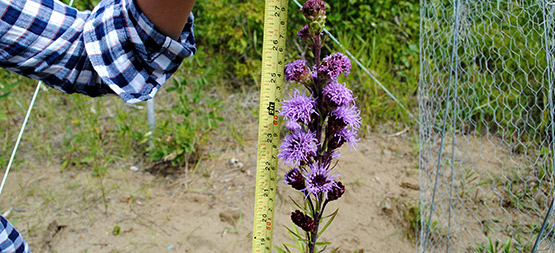
Field Projects
Our field projects were directed towards developing a better understanding of the relationships between today’s climate and Alberta’s biodiversity, including the ongoing survival of sensitive species like Burrowing Owls, Ferruginous Hawks and rare plants. Field experiments also examined potential conservation actions that could support these species as climate change progresses.
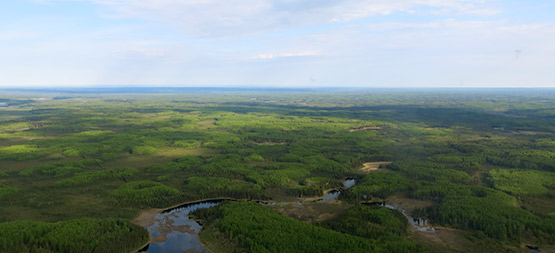
Ways to Adapt
We built on our understanding of the climate change impacts on Alberta’s biodiversity to outline and demonstrate relevant, scientifically based ways of incorporating climate change into biodiversity-related planning and decision-making in the province.
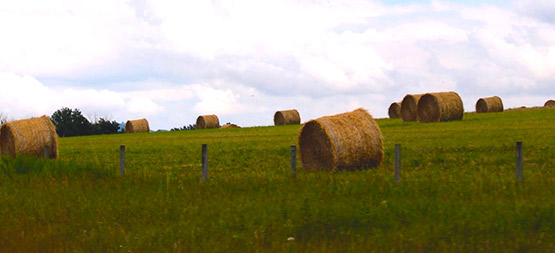
Community Resilience
We developed a web-based tool to connect Alberta’s municipalities to the implications of climate change for their community and to effective adaptation strategies that support climate resilience.
